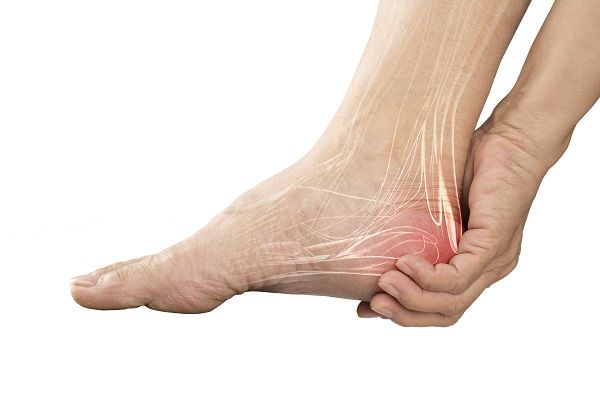Chronic Leg Pain Causes and Treatments

If you are suffering from persistent leg pain, there are many causes of this condition. These include Tendinitis, varicose veins, stress fractures, and diabetic neuropathy. But, there are also many other causes, such as aging, specific injuries, and medicines. If you have this condition, finding a doctor to diagnose the problem and prescribe the proper treatment is essential.
Tendinitis
Treatment for Tendinitis will depend on the severity of the symptoms. If the pain is persistent and cannot be relieved with rest and ice, your doctor may recommend a corticosteroid injection. However, repeated injections can weaken the tendon.
Varicose veins
A common cause of leg pain and swelling is varicose veins. These enlarged veins are typically blue and appear in the legs and feet. Weakened or damaged valves cause them in the veins. Blood pools in the legs and feet when these valves don't work correctly. This condition may experience leg pain and swelling, particularly at night.
Stress fractures
A stress fracture is a bone fracture that occurs when you push your body too hard, too soon. This fracture can happen to anyone, including athletes, beginners, and older people. People with metabolic bone disease, diabetes, rheumatoid arthritis, and cancer risk developing stress fractures.
Diabetic neuropathy
Diabetic neuropathy is a common complication of diabetes, and several treatments are available. The goal of treatment is to relieve pain and soreness and prevent further tissue damage. The first step in treatment is to control blood sugar levels through diet and medications. The second step involves special foot care, including proper fitting shoes and routine foot examinations. In addition, your healthcare provider may prescribe analgesics, anticonvulsants, or antidepressants at low doses. Other treatment options may include regular walking and taking warm baths.
Arthritis
Arthritis causes chronic leg pain for a variety of reasons. Symptoms vary from person to person and even day to day, but joint pain, stiffness, and fatigue are the most common symptoms. Arthritis affects the entire body, but most of its action occurs in the joints. Many types of arthritis cause swelling and inflammation of the joints, causing painful, stiff joints. Other symptoms of arthritis include fatigue and weight loss.
Spontaneous fractures of the spine
A spine scan can be a beneficial tool in determining whether you have a fracture. It can reveal whether the fracture is new or old and what the type of fracture is. The X-rays can also show if the bones are thinning throughout the spine.
Intermittent claudication
Intermittent claudication is a painful muscle condition affecting the legs. It occurs primarily in the calf but can also affect the buttock and thigh. The pain increases during exercise and decreases during rest. It occurs as a result of muscle ischemia caused by repetitive strain. The condition increases with age and is projected to increase dramatically due to population changes in developed countries.



